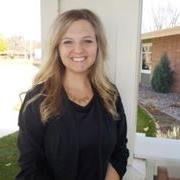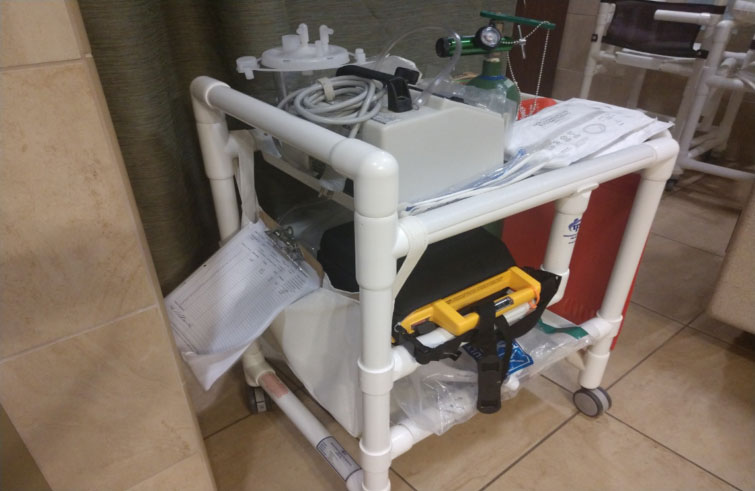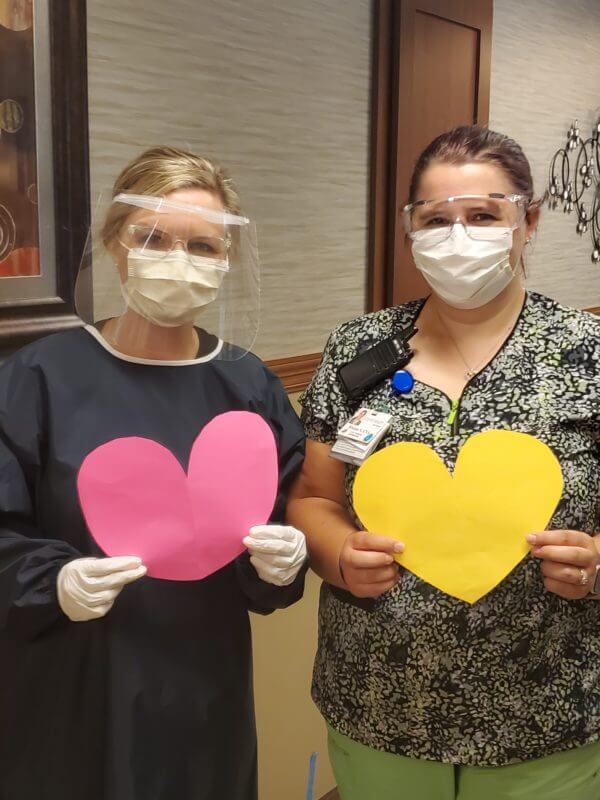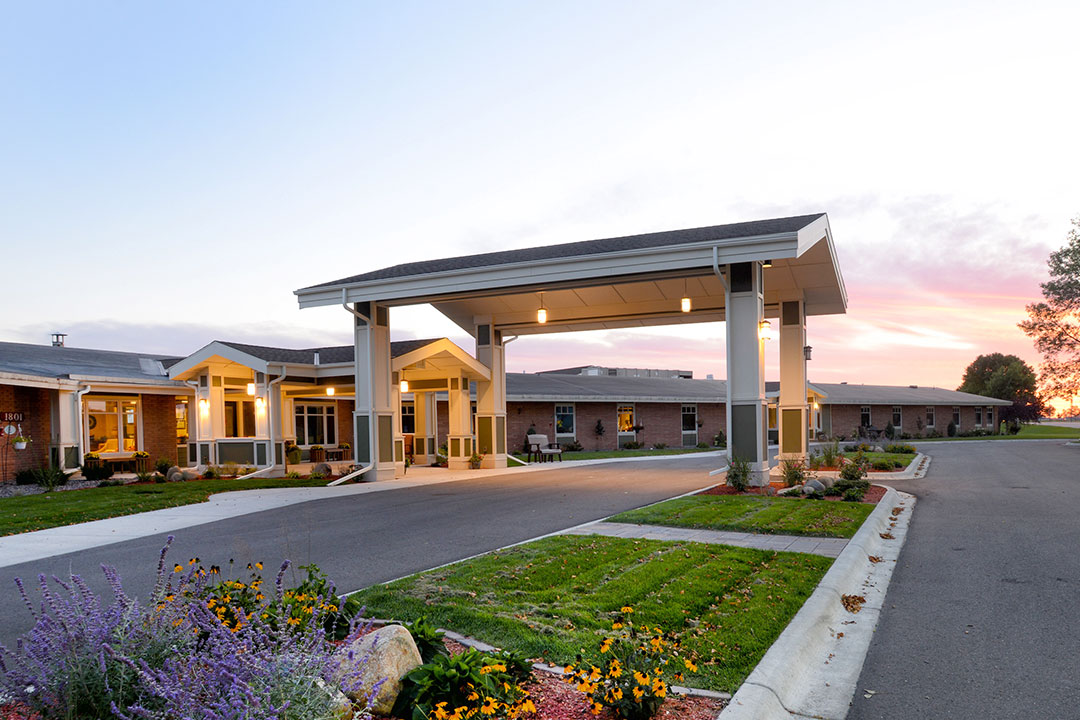Bringing Rapid Evaluation to Long Term Care in Willmar
Amanda Thorson is a big believer in the notion that "things happen for a reason."
When she became Director of Nursing at CentraCare - Willmar Care Center & Therapy Suites in 2017, she was returning to where it all started. Thorson started her career as a CNA there in 2003 and was hired by Diane Hagedorn. Fourteen years later when Hagedorn retired, Thorson was hired to replace her. That was just the start of things coming full circle.
Innovative thinking

Amanda Thorson, Director of Nursing
Thorson, who had spent the last decade as an RN at Rice Memorial Hospital, jumped into her new role and started asking questions to learn about processes. She sensed that some of her nurses weren't quite comfortable with emergency situations. "I thought, how can I make sure everybody is prepared and confident, should something happen," Thorson shared. "So I started thinking about Rapid Evaluation Teams (RET) and how that concept could work for us."
RETs have been used in hospitals for some time, but had not been used in long-term care facilities. While the process is complex, the concept is simple: When a nurse or caregiver notices that a patient has had a change in condition or is deteriorating, they can have an RET paged to the patient's room. The page alerts key staff to respond immediately to provide care.
Getting started

A stocked RET “crash cart” with an AED, oxygen tank and other equipment.
Thorson knew exactly who to call to get the ball rolling. She connected with her past hospital colleagues – Brad Hanson, EMS director, June Boie, ER Director and Keri Ohren, lead respiratory therapist – to get started. "I was fortunate because I had 10 years of hospital experience under my belt and we used RETs," she said. "I was part of them and they made me feel so much more comfortable knowing that in an emergency situation, I could call an RET and all the necessary resources would come running."
So Thorson started developing and adapting it for their 78-bed facility, which includes 30 short-stay beds and 48 long-term care beds. "We needed to make sure staff and equipment were readily available and prepared in an emergency," she explained. This included stocking "crash carts" with supplies, such as an AED, oxygen tank and various equipment. A form is also tethered to the cart listing all of the equipment, and every night staff checks to make sure everything is working properly before signing off.
Preparation, practice and education
Once the processes were in place, it was time to train. Education was key so that everyone was familiar with the equipment on the crash carts. Staff were also given cards to attach to their name badge, which outlined when and how to call an RET.
A big part of training was making sure staff knew that anytime they called an RET – whether the situation warranted one or not – there would never be any negative feedback. Every RET, whether practice or real, is viewed as a learning opportunity.
Once the RETs were up and running, Thorson said the nurses loved it. And there continues to be a lot of learning along the way. "We're always evolving and adapting based on feedback and what's needed, said Thorson. "When it comes to safety, you just can't skip anything," Thorson stated.
"When it comes to safety, you just can't skip anything."
Amanda Thorson, Director of Nursing, CentraCare - Willmar Care Center & Therapy Suites
The team puts significant time into practice drills to keep everything fresh in people's minds. Thorson describes them like fire drills. "We do drills once or twice a month so everyone knows what's going on and what to do in that situation," she said. "Then we huddle afterward so we can learn from every experience."
Ready for anything

Amanda Thorson and her sister, Brianna Thorpe.
The biggest benefit from implementing RETs is knowing the team is prepared for anything that happens to any single person who walks into the building. "We actually called an RET for one of our staff members who was in a patient room," recalls Thorson. "She fell over and started having a seizure, which was something that had never happened to her before." The team responded and calmly helped their coworker, much like they would a patient. Fortunately, everything went well. This turned out to be another one of those full circle moments because the staff member who had a seizure happened to be Thorson's sister.
"My sister is a CNA here," said an appreciative Thorson. In that moment, the team called an RET and an ambulance came quickly to take her to the ER where she received care. "It still gives me goosebumps to think that something I implemented helped my sister," she said.
Willmar to worldwide
In 2018, Thorson shared her team's work at the Leading Age Conference in St. Paul. "After our presentation, the association's vice president pulled us aside and said, ‘This is what we need in our industry.'" Since then, Thorson has hosted webinars, helped develop a toolkit around RETs, and has helped 47 facilities in Minnesota implement RETs.
And the concept now has national appeal, evidenced by Thorson's invitation to present at the National Leading Age Conference in Atlanta, Georgia in October. There, she'll once again share the innovative approach her team has taken to keep patients – and anyone who walks through their doors – safe.
